While many consider turning on Airplane Mode a redundant procedure in the 5G era, aviation and telecommunications experts still affirm that it plays a certain role in ensuring flight safety and network operations. According to an article on 24h.vn, turning on this mode helps prevent the possibility of frequency interference in the cockpit, although the actual level of impact is low.
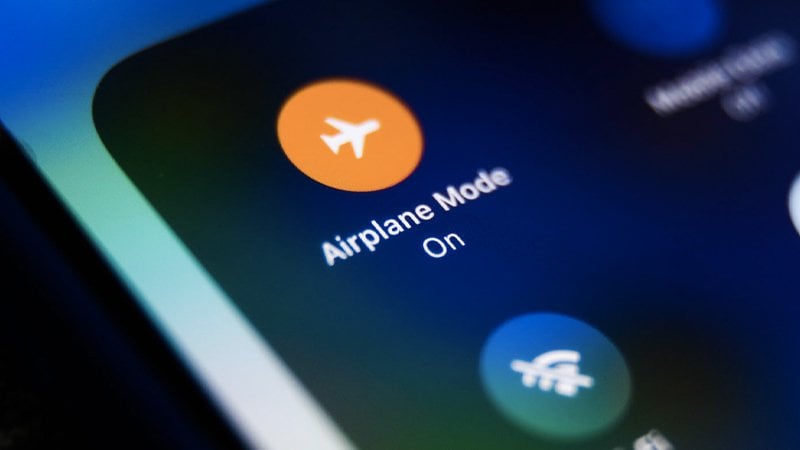 Illustration photo
Illustration photoAlthough modern aircraft are shielded against interference, pilots still place a high priority on eliminating even small disturbances to ensure high levels of concentration during take-off and landing.
In addition to protecting the aviation system, turning on airplane mode also helps the ground mobile network avoid overload. When the plane flies at high altitude and high speed, the phone in the plane still tries to connect to the ground base station, leading to unstable transmission and affecting the BTS stations. According to the article on Thanh Nien: "Do phones really cause interference in the cockpit of an airplane?" Although there is little evidence of a serious incident, airlines still maintain regulations from the network and base station security side.
However, the aviation environment is changing. The European Commission has begun testing the use of 5G services on aircraft at lower power levels to limit the impact on airborne systems.
Despite this, airlines and regulators in Vietnam still maintain the requirement to turn on airplane mode during takeoff and landing - mainly for management and regulatory compliance reasons rather than because of widely demonstrated technical risks.
Many passengers say the rule is “outdated.” They argue that modern phones are better designed to resist interference, and flight systems have improved. However, experts stress that compliance still reduces even small risks and creates a more stable flying environment for all passengers.
Airplane mode remains in place not only for purely technical reasons, but also for network management and overall aviation safety. While studies show that the actual impact is low and technology is advancing, keeping it on is still considered an extra precaution – part of the “safety culture” in aviation. Passengers are encouraged to comply, sometimes “not because it is absolutely true, but because it eliminates the possibility of an incident.”
Source: https://doanhnghiepvn.vn/cong-nghe/che-do-may-bay-van-la-bat-buoc-khi-nao-nen-bam-va-vi-sao-van-con-hieu-luc/20251113113313142





![[Photo] Deep sea sand deposits, ancient wooden ship An Bang faces the risk of being buried again](https://vphoto.vietnam.vn/thumb/1200x675/vietnam/resource/IMAGE/2025/11/13/1763033175715_ndo_br_thuyen-1-jpg.webp)






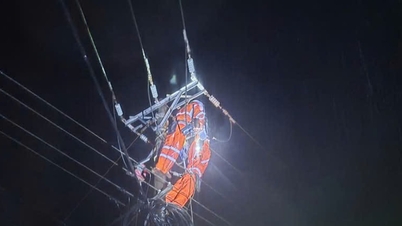

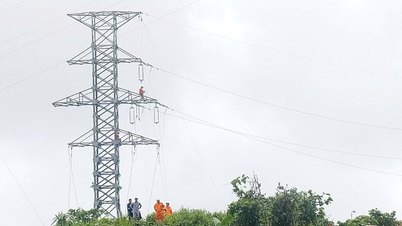











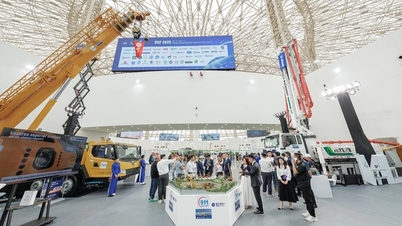




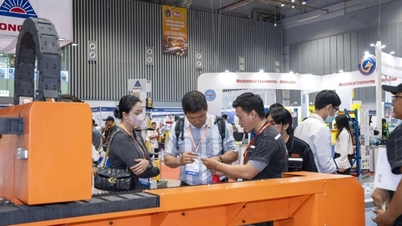





























































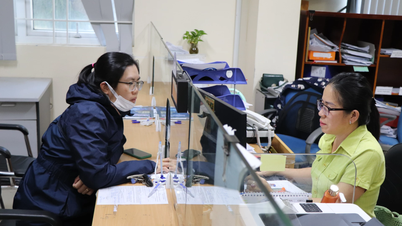





![Dong Nai OCOP transition: [Article 3] Linking tourism with OCOP product consumption](https://vphoto.vietnam.vn/thumb/402x226/vietnam/resource/IMAGE/2025/11/10/1762739199309_1324-2740-7_n-162543_981.jpeg)







Comment (0)